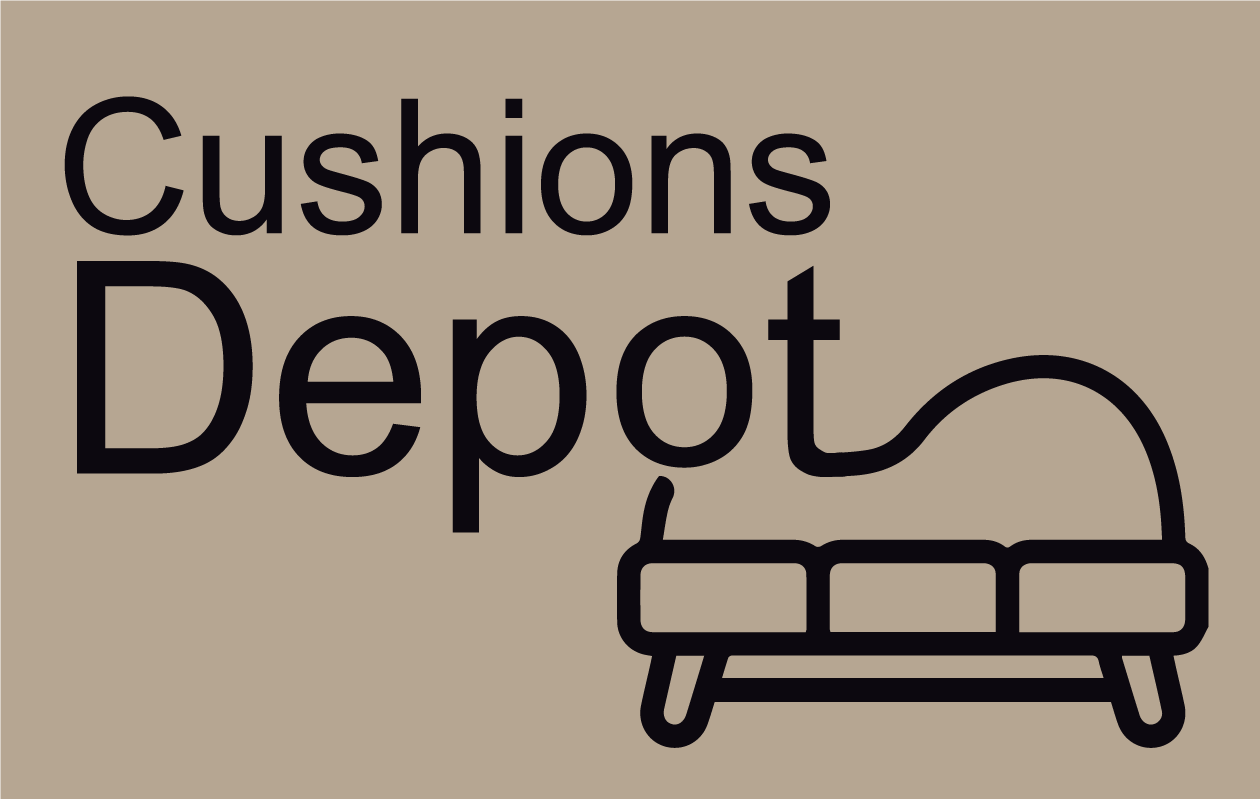Layering with Cushions: Creating a Luxe Look with Textures & Shapes
In the world of hospitality and high-end commercial spaces, every design element plays a role in shaping the guest experience. Cushion layering is one of those nuanced details that, when executed thoughtfully, enhances both the aesthetic and functional aspects of a space. While industry professionals are well-versed in the fundamentals of interior design, exploring creative ways to mix textures, shapes, and layering techniques can offer fresh perspectives for achieving a sophisticated and inviting ambiance.
The Role of Cushion Layering in Luxury Spaces
Layering cushions is not merely about adding comfort—it is a deliberate design choice that contributes to depth, warmth, and a curated aesthetic. In upscale hospitality and corporate settings, the right combination of textures and forms can subtly reinforce branding, influence ambiance, and enhance spatial dynamics.
Some key benefits include:
Refined Aesthetics: Thoughtful layering introduces dimension, making a space feel intentionally designed rather than simply furnished.
Comfort Enhancement: A mix of cushion shapes and densities can provide both visual balance and functional support.
Brand Cohesion: Custom cushions tailored to brand colors and materials can create a seamless and immersive experience for guests.
Textures: Elevating the Sensory Experience
Texture variation plays a crucial role in creating a multi-dimensional and visually engaging setting. High-end spaces often incorporate a mix of tactile materials to evoke a particular mood or reinforce brand identity.
Notable Fabric Choices:
Velvet: A go-to for adding a sense of opulence. Its light-reflecting surface brings depth to neutral color palettes while maintaining an inviting softness.
Linen: Offers a laid-back yet refined aesthetic, often favored in boutique hotels and contemporary commercial spaces.
Faux Leather: Durable and classic, faux leather cushions contribute to a structured and polished look, particularly in executive or corporate lounge settings.
Bouclé & Textured Weaves: These fabrics add understated luxury through their intricate detailing and are increasingly used in modern hospitality spaces.
A combination of smooth and textured materials, such as pairing a plush velvet cushion with a structured linen one, creates a dynamic contrast that enhances the layering effect without overwhelming the design.
Cushion Shapes & Layering Strategies
The arrangement of cushions significantly influences the perceived depth and luxury of a space. Many designers use a mix of standard and non-traditional shapes to create an organic yet intentional aesthetic.
Shape Variations & Their Impact
Square (Classic & Oversized): The foundation of most cushion arrangements, providing symmetry and structure.
Rectangular (Lumbar): Balances out the composition while offering functional back support.
Round & Bolster: Softens angular furniture lines and introduces a sculptural element to seating areas.
Layering Approaches for Different Environments
Lounge & Lobby Seating: A mix of larger square cushions with smaller accents in varying textures ensures both comfort and aesthetic impact.
Boutique Hotel Suites: Thoughtfully placed bolsters and lumbar pillows on beds and seating areas reinforce the personalized, high-end experience.
Outdoor Hospitality Spaces: Weather-resistant materials paired with contrasting shapes ensure longevity without compromising on design.
The key lies in striking a balance—layering should enhance, not clutter, the design narrative of a space.
Patterns & Colors: Fine-Tuning the Visual Flow
The interplay of patterns and colors in cushions can define the mood of a space. Whether used as a bold statement or a subtle accent, these elements contribute to the overall visual harmony.
Pattern Integration
Geometric & Linear: Complements modern and contemporary interiors, often reinforcing architectural elements.
Organic & Abstract: Adds softness and movement, ideal for spaces aiming to evoke a more relaxed ambiance.
Minimalist & Monochrome: Creates a clean and understated look, aligning with timeless design principles.
Color Strategies
Tone-on-Tone Layering: Using various shades of the same color ensures depth while maintaining a sophisticated palette.
Contrasting Hues: A mix of complementary colors can introduce energy without overwhelming the space.
Seasonal Variations: Rotating color schemes based on seasonal trends allows for subtle yet impactful refreshes in hospitality settings.
Practical Considerations for High-Traffic Environments
While aesthetics are paramount, practical considerations in high-use hospitality and commercial spaces cannot be overlooked. The right cushion selections balance beauty with durability and ease of maintenance.
Fabric Performance: Stain-resistant and fade-resistant textiles ensure longevity, particularly in sunlit or frequently used areas.
Maintenance & Hygiene: Removable covers or antimicrobial-treated fabrics offer practical solutions for spaces with high guest turnover.
Sustainability: Many luxury brands are shifting towards eco-friendly materials, aligning with sustainability initiatives without compromising design integrity.
Final Thoughts
For hospitality and commercial spaces where every design element plays a role in guest perception, layering cushions with intention can subtly yet powerfully enhance the ambiance. By thoughtfully mixing textures, shapes, and patterns, designers can craft an atmosphere that feels both curated and inviting. While fundamentals remain constant, fresh interpretations and strategic layering allow for evolving, yet timeless, luxury experiences.
At Cushions Depot, we specialize in custom cushion solutions tailored for luxury hospitality and commercial spaces. Our expert team can help you curate cushions that align with your design vision, ensuring both style and durability. Connect with us today to explore our wide range of high-quality materials and customization options.
